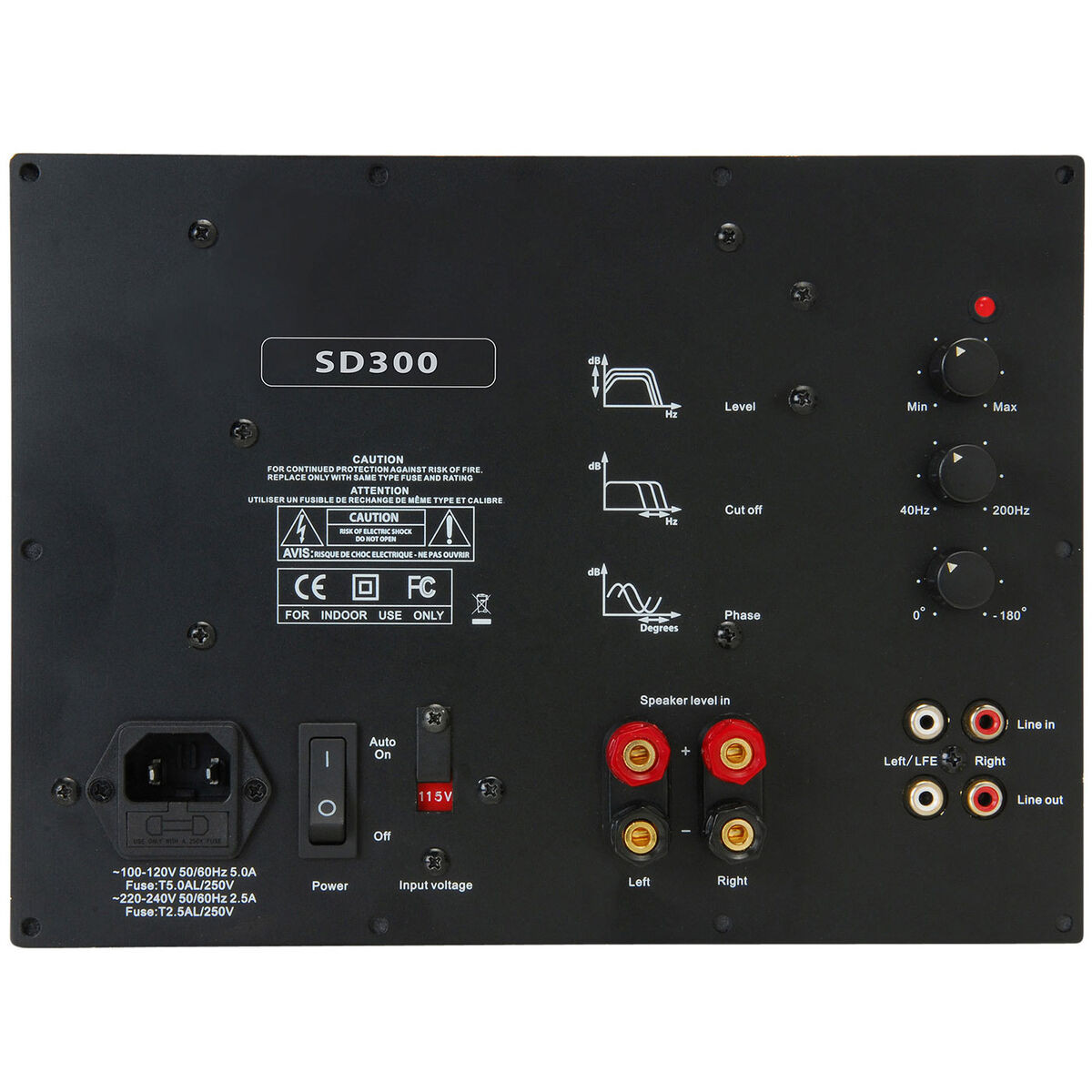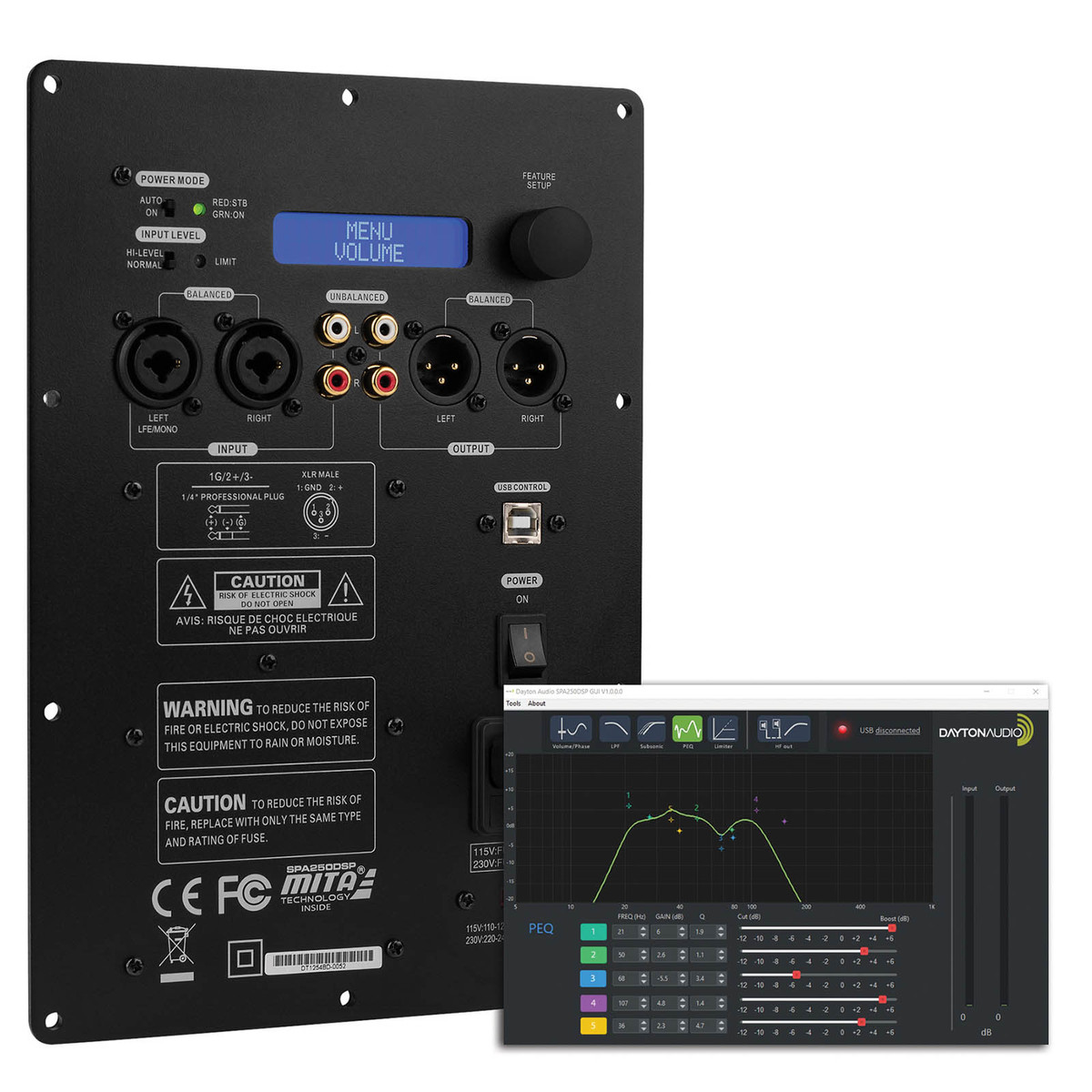That looks like a pretty sweet little subwoofer. I assume it's the
E180HE-44.
@Prana Ferox's response about ports is imo very good. Another advantage of round ports is that modelling programs are more accurate for round ports than they are for slot ports, and of course slot ports are harder to adjust after they have been made. But they CAN be adjusted in one direction by inserting a board into them to reduce their cross-sectional area. This lowers the tuning frequency.
The amplifier that you plan to use should be taken into account. Does the amp have a protective highpass filter? You'd want to put the port tuning frequency a little bit above the highpass filter's frequency to maximize your combination of bass extension and excursion-limited power handling. The excursion-limited power handling plummets below the port tuning frequency because there is no longer significant back-pressure on the cone and it starts moving almost as if it wasn't even in a box.
Does the amp have EQ and/or a bass boost feature? If so, we can take that into account.
Do you have a particular low-end extension target in mind?
Any restrictions on box size and/or shape?
Where do you plan to place the sub? I assume it will be either on the floor up against a wall, or in a corner. Imo the target native frequency response curve for the sub would be different for those two locations.



